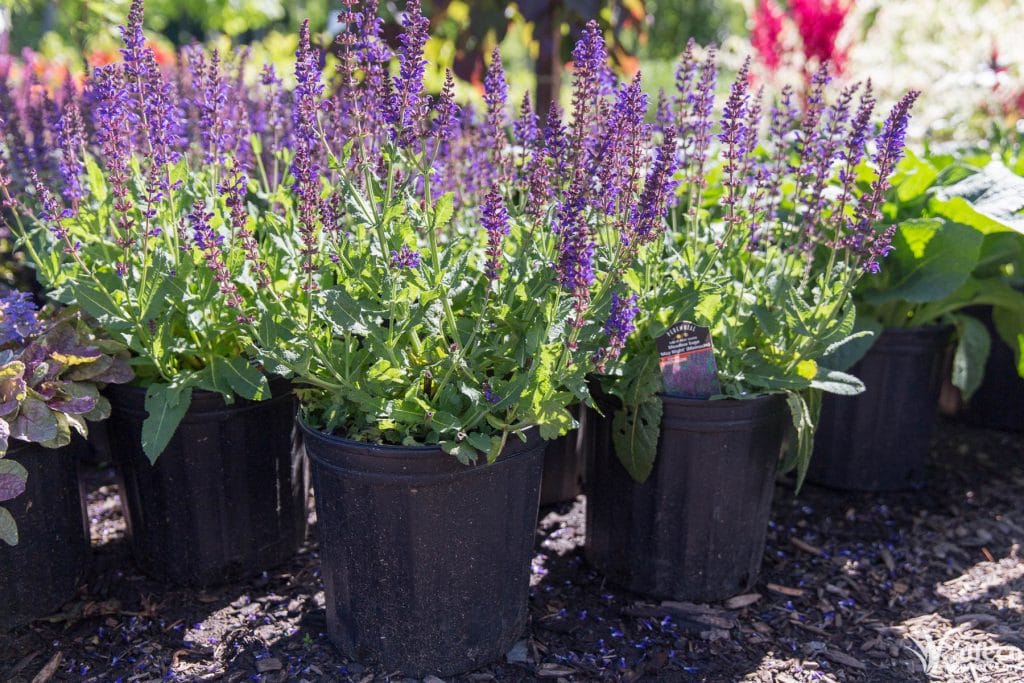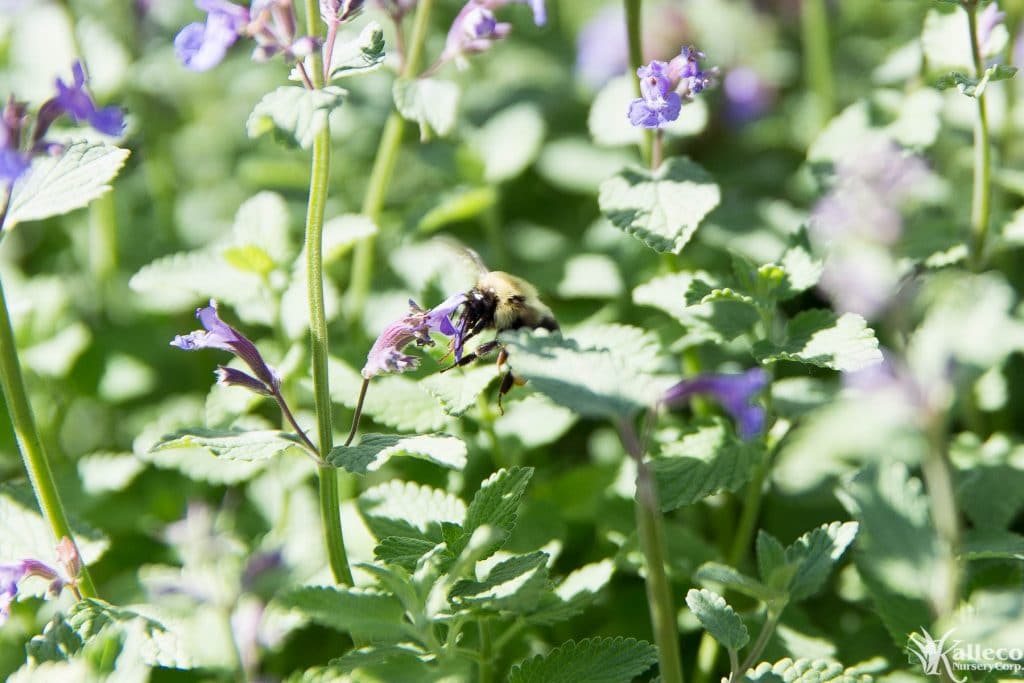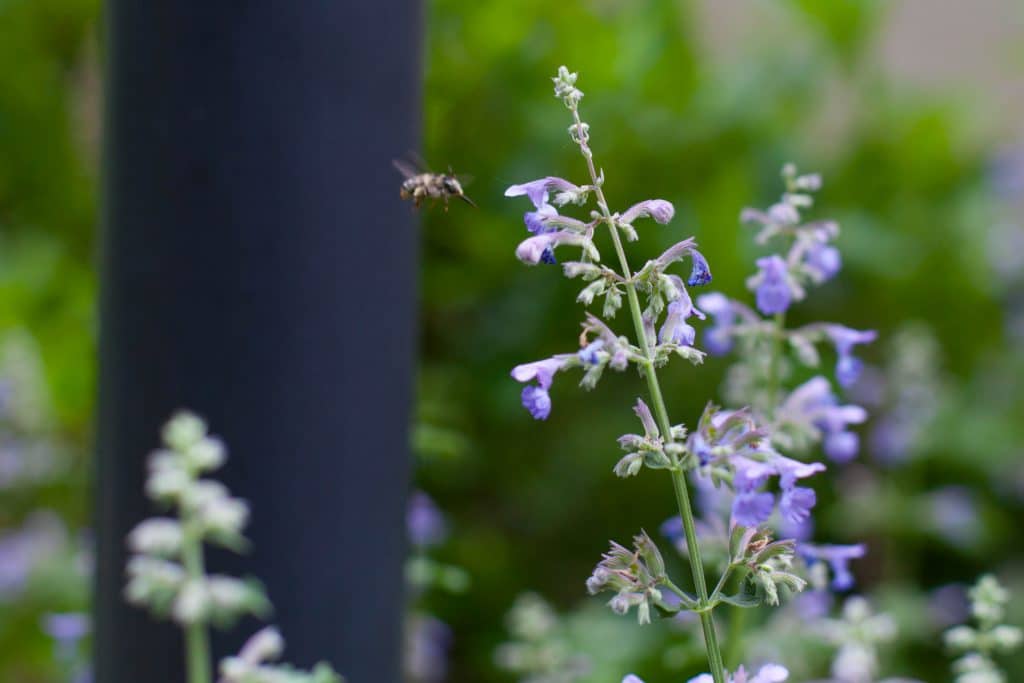“Once upon a time there were no flowers at all.” —Loren Eiseley Imagine that. A planet green, but without bloom. No petals, no pollen, no bursts of color to herald the seasons. Just a long, monotonous hush in the history of plant life. Until, somewhere near the end of the Age of Reptiles, as Eisley so beautifully described it, there occurred “a soundless, violent explosion.” It wasn’t fire … [Read more...]
Astilbe – Plant Profile
A pink variety of Astilbe, a shade tolerant blooming perennial hardy to New York state. Other Names: False Goat's Beard, False SpireaCommon Varieties: Astilbe 'Fanal' (dark red flowers); 'Visions' (red pink), 'Bridal Veil' (white).Hardiness Zones: Typically zones 4-8, but some varieties are hardy in zones 3-9. If you've ever researched shade gardens, you've probably come across astilbe! … [Read more...]
Hardy Hibiscus – Plant Profile
What does the word Hibiscus bring to mind for you? Waves, sand, surf? You probably think of somewhere warm and tropical, like Hawaii. Fun fact: you can bring some of those tropical vibes into your own yard, because here in New York, we have Hardy Hibiscus. Hardy Hibiscus grow on upright stems that can reach up to 6' in height. In late July and August, they bloom massive flowers that are … [Read more...]
Yarrow – Plant Profile
Achillea Millefolium Common Names: Yarrow, Milefoil Common Varieties: “Paprika” (red), “Appleblossom” (pink), “Coronation Gold” (golden yellow), “Gypsy White” (white), “Peachy Peach Sensation” (peach). Description: Yarrow is a flowering perennial featuring tight, flat clusters of bright flowers atop long green stems. The flowers themselves range in color from white to deep red, with … [Read more...]
Planting Bee Gardens
You don't have to be a beekeeper to support your local bee population. Bee gardens can be as lovely and low-maintenance as any regular garden, and feature some perennial favorites! In general, bees prefer small or shallow flowers with easy access to nectar. Sweet-smelling and brightly colored will help draw bees in, and providing more structural plants like woody shrubs and trees can make your … [Read more...]
Planting a Pollinator Garden
June is National Pollinator Month! What's a pollinator? A pollinator is any animal that helps move pollen from one plant to another, aiding in fertilization and propagation. The most famous pollinator is the bee, but there are plenty of others, including butterflies, moths, beetles, bats, and many birds (especially hummingbirds!) Pollinators are vital to the natural environment, as well as the … [Read more...]












